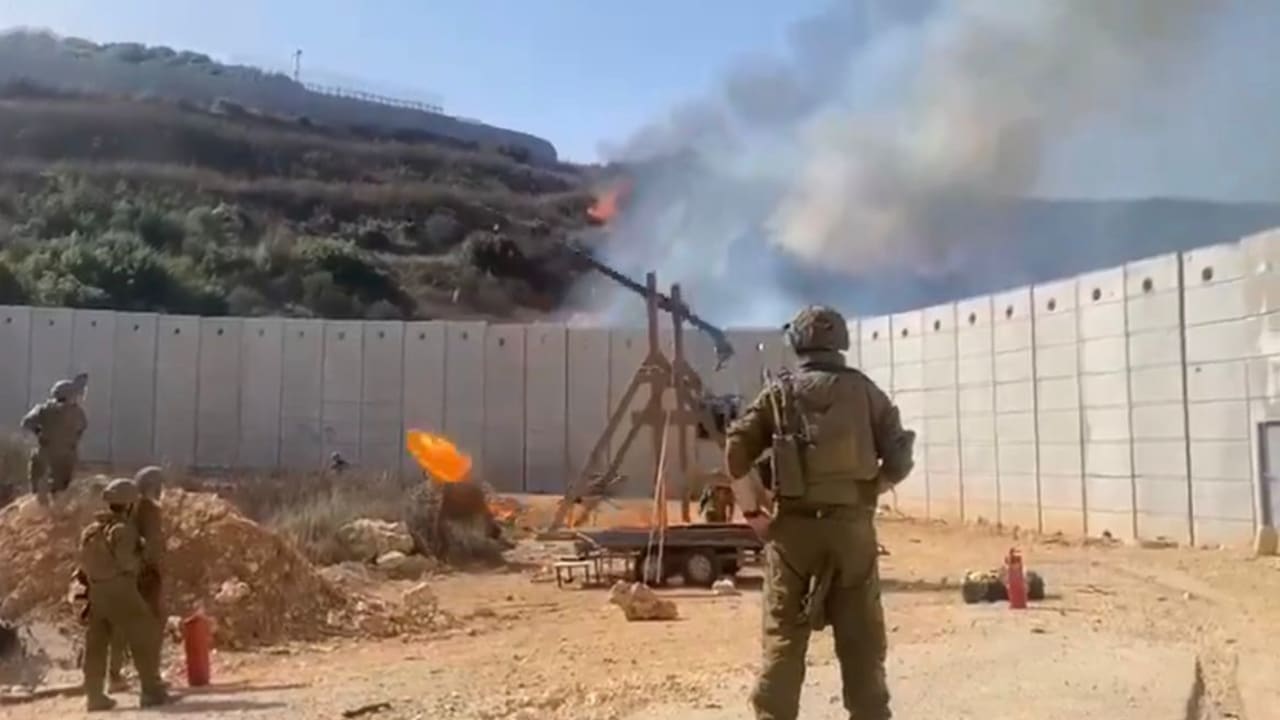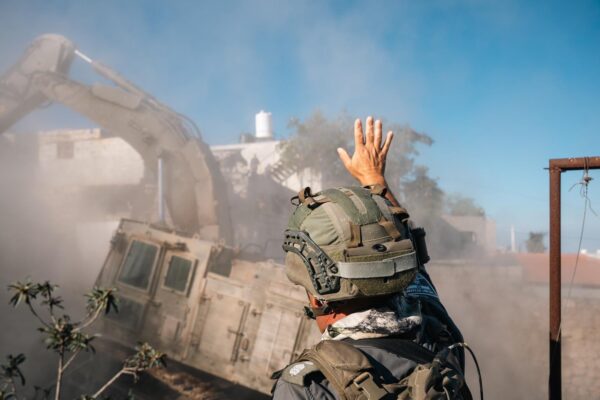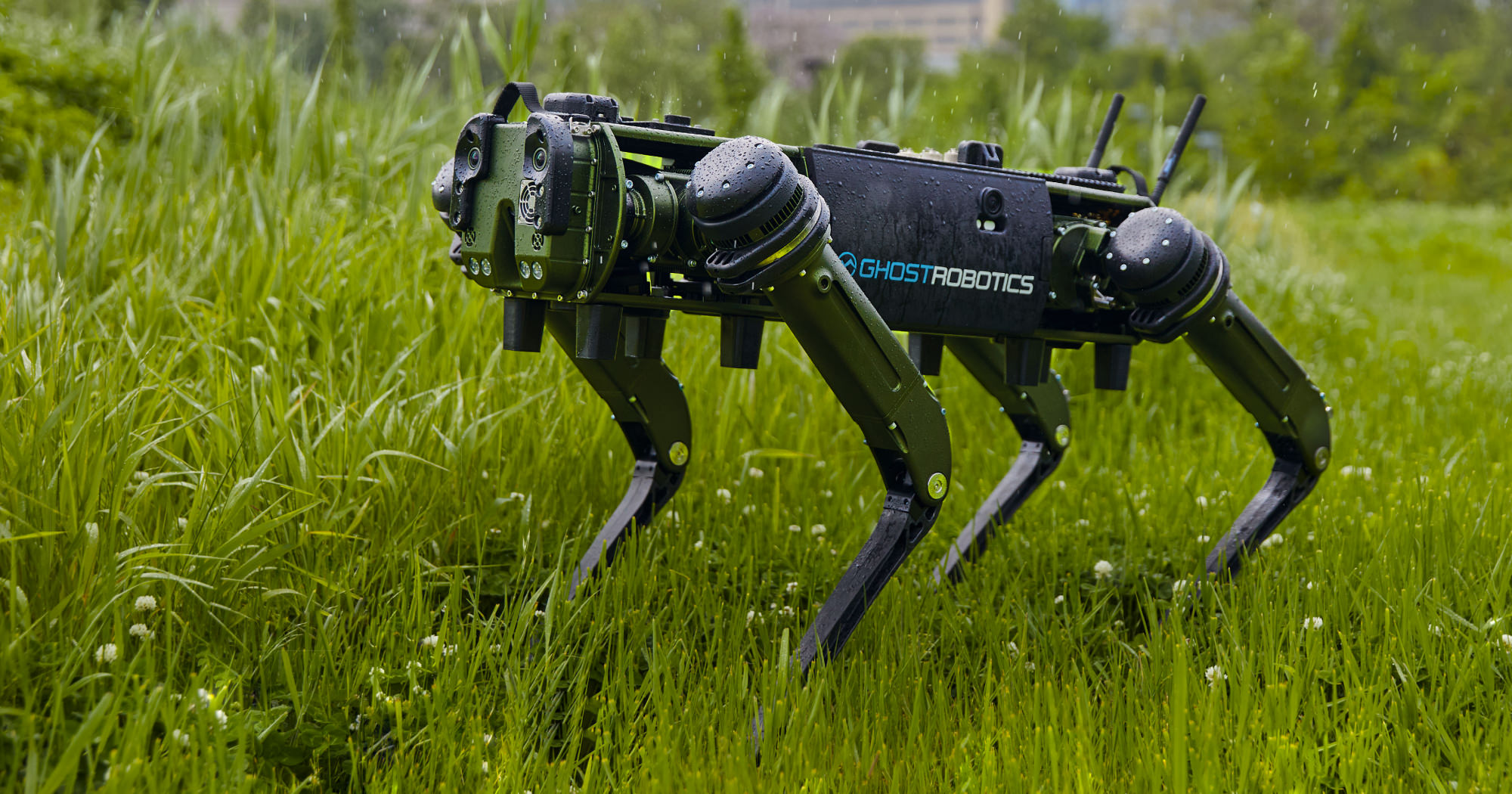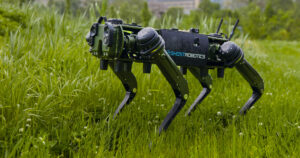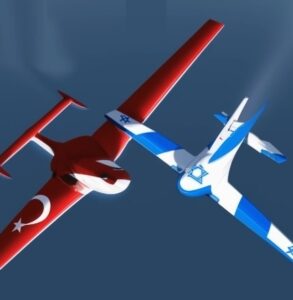The trebuchet’s use was symbolic of adaptive warfare, where ancient tools find relevance in modern conflicts.
By Hezy Laing
In the recent Israeli-Lebanese war, IDF soldiers used a medieval-style wooden catapult, called a trebuchet, during operations along the Lebanese border.
The unusual weapon was used to hurl flaming projectiles into dense vegetation across the border, targeting areas used by Hezbollah terrorists for concealment and ambushes.
The decision to use a trebuchet was born out of a tactical challenge.
The terrain near Har Dov and Mount Hermon, where the IDF was engaged in skirmishes with Hezbollah, is characterized by thick thorny underbrush, boulders, and steep inclines.
These conditions made it difficult for conventional vehicles and flamethrowers to operate effectively.
Video footage released on June 13, 2024, showed IDF troops launching fireballs using the trebuchet, igniting plantations and brush on the Lebanese side.
The weapon’s simplicity allowed it to operate silently and without electronic signatures, making it harder for Hezbollah to detect or counter.
Military analyst Seth J. Frantzman noted that the trebuchet’s use was symbolic of adaptive warfare, where ancient tools find relevance in modern conflicts.
While the IDF emphasized that the trebuchet was not widely adopted, its effectiveness in clearing terrain and flushing out militants was evident.
The operation, though unconventional, demonstrated the ingenuity of frontline units facing asymmetric threats.
The incident sparked both amusement and admiration across Israeli media, highlighting how necessity can revive even 12th-century technology in 21st-century warfare.
The medieval-style trebuchet launched flaming projectiles up to 100 meters (about 330 feet).
It fired at least a dozen shots, each carrying incendiary payloads designed to ignite dense vegetation used by Hezbollah for cover.
The weapon was deployed near Har Dov and Mount Hermon, where IDF troops faced challenges navigating and clearing thick underbrush and rocky terrain.
Conventional flamethrowers and vehicles were ineffective in these conditions, prompting soldiers to construct a wooden trebuchet as a “local initiative,” according to the IDF.
The device hurled flaming fireballs—likely made from cloth or sponge soaked in flammable liquid—into Lebanese territory.
These projectiles were intended to start fires, exposing Hezbollah fighters and destroying potential ambush sites.
Footage shared by Newsweek and The War Zone showed the trebuchet launching multiple shots, with estimates ranging from 10 to 15 launches over several days.
The range of the trebuchet was modest but effective.
Analysts like Seth J. Frantzman noted that the weapon could reach up to 100 meters, depending on the payload weight and tension applied.
While not a precision weapon, its psychological and tactical impact was notable.
The IDF emphasized that this was not a standard military tool but rather an improvised solution tailored to a specific terrain problem.
Despite its medieval origins, the trebuchet proved effective in clearing vegetation and disrupting enemy concealment tactics.


